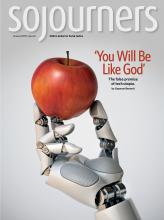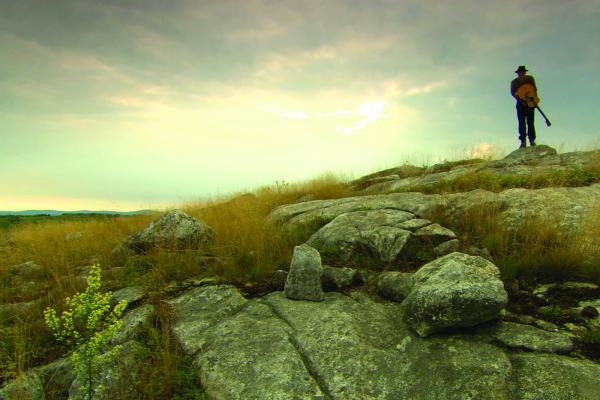IN OCTOBER, The New York Times published an article that, despite its dire implications, seemed to wash away in the rapid news cycle. It described how, according to the U.N.’s Intergovernmental Panel on Climate Change, the world’s population will see major consequences, as early as 2040, from its mistreatment of the planet. More droughts, more wildfires, more poverty, and higher temperatures—in only 22 years. When that time comes, when nature begins to resemble Hell, how will we have to live?
Emmy-nominated documentary filmmaker David Conover has been thinking about this question for 12 years. “I was a parent of two young kids,” Conover told me about the moment when he began to ruminate on creation care, “and was trying to understand the world they were growing into: pollution, severe weather with fires, flooding, droughts, struggles with realities that weren’t that apparent even a generation ago.
“There have been many films made about those things, how we know that they’re happening, what’s causing them, and so on. But there haven’t been any films about people and their experience of exploring the very tough question of how to live right today in this climate.”
Conover’s wrestling with how to live a moral life during a time of environmental hardship has culminated in the production and release of his newest documentary, Behold the Earth, which explores contemporary Christianity’s relationship with creation care.
Read the Full Article

